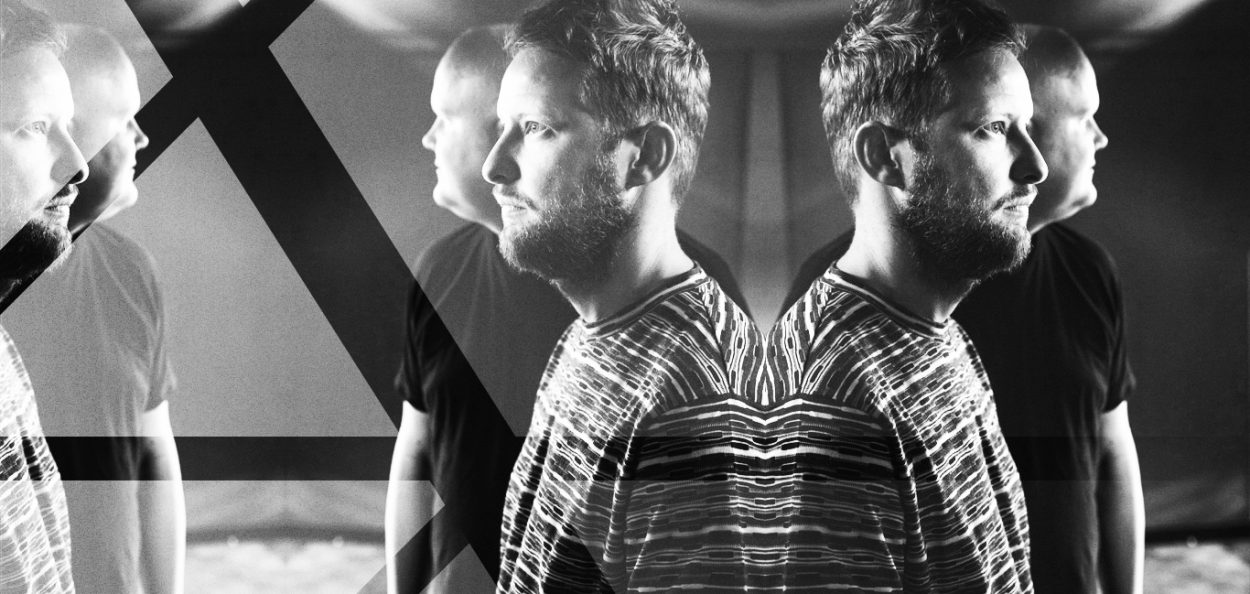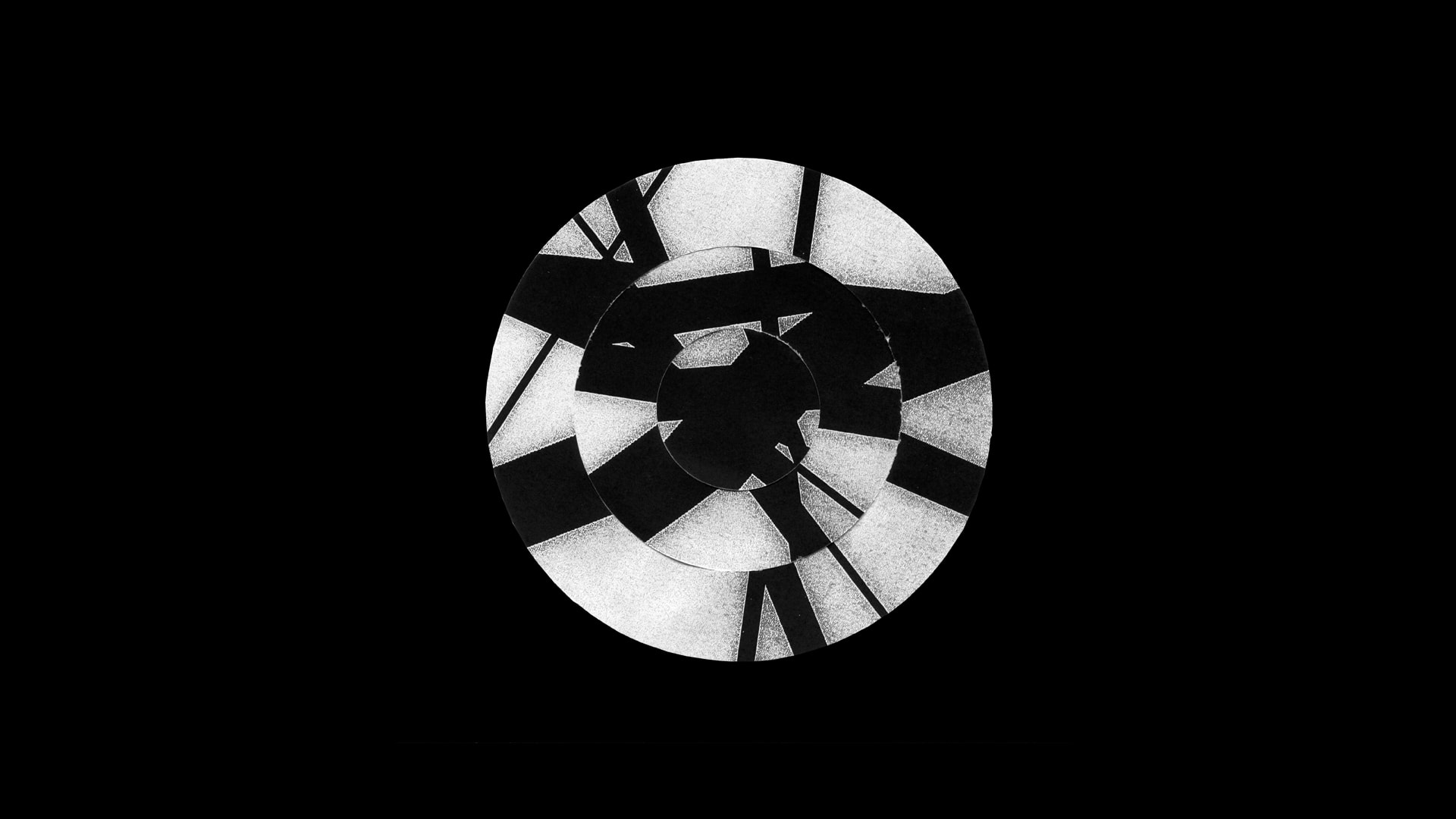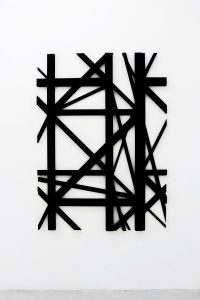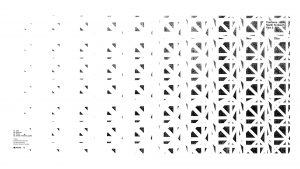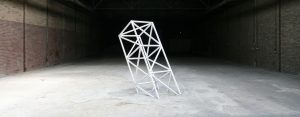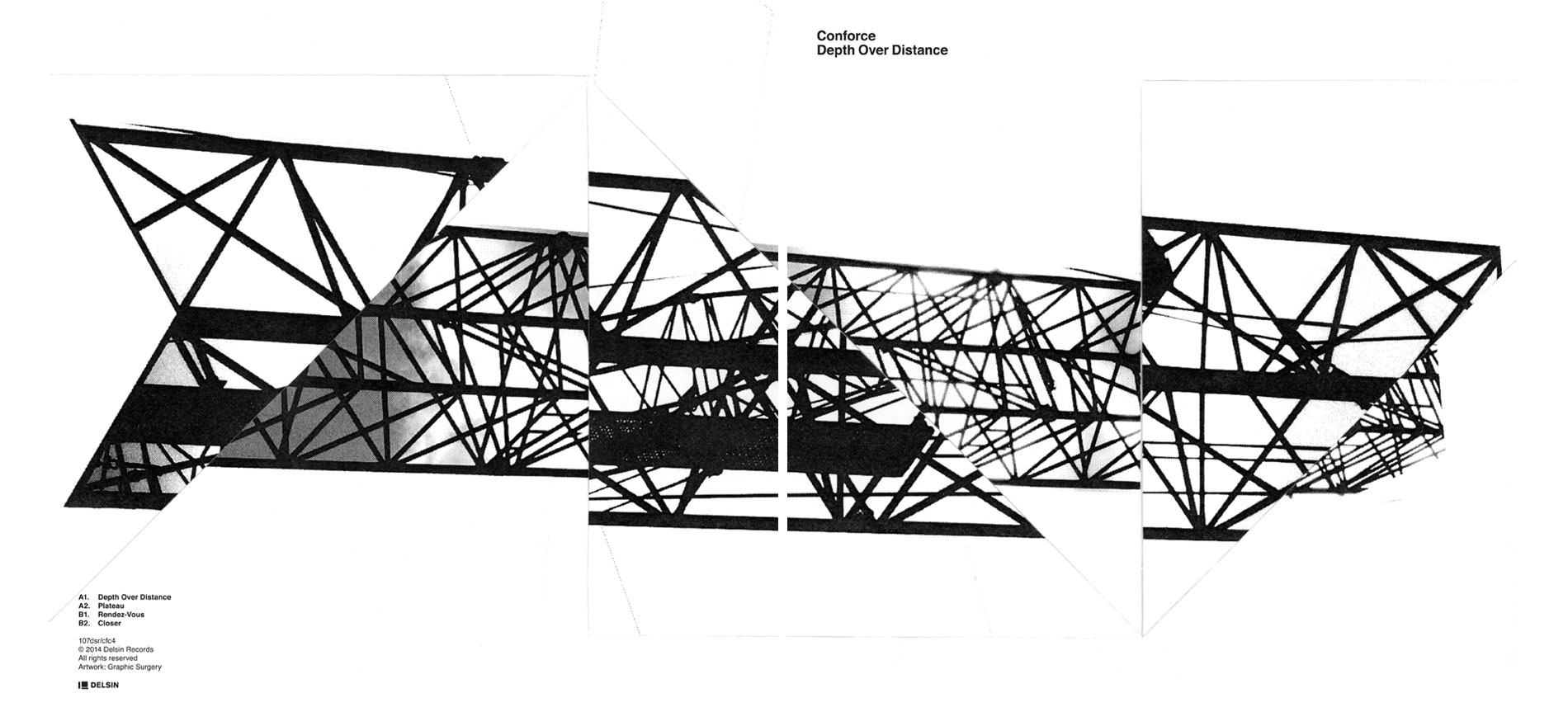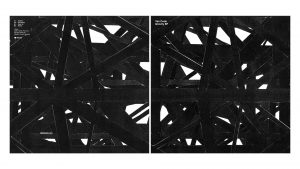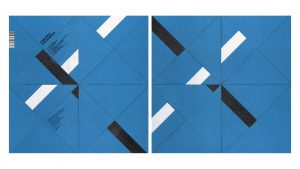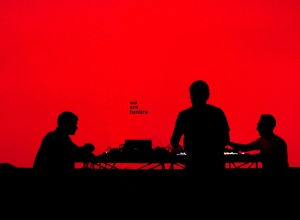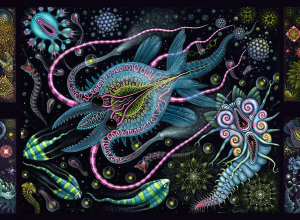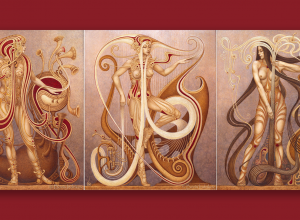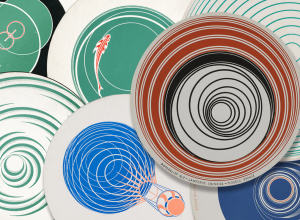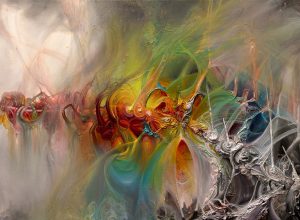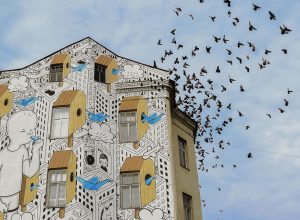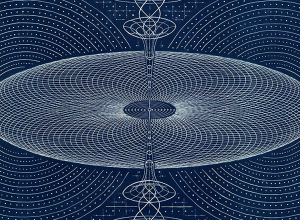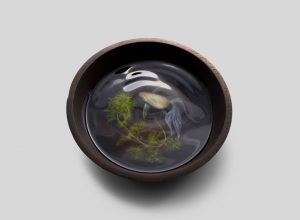Born only four days apart from each other, the meeting of Gysbert Zijlstra and Erris Huigens resulted in the creation of Graphic Surgery, a unique visual arts duo based in the Netherlands.
Captivated by creations that are not meant to be aesthetically beautiful, the work of Graphic Surgery varies in genre and process of work—they work with design, video, public murals, installation, among other things. Gysbert and Erris are a perfect blend of two individuals who share a common interest in the field of art. The duo is highly sophisticated, capturing the reality that surrounds us as much as it is repetitive and yet altered to a certain point.
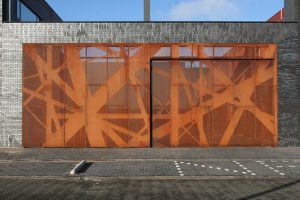
The project’s visual vocabulary is extracted from various influences ranging from industrial or urban landscapes, counting steel structures, scaffolding and construction cranes, to artistic movements—De Stijl and Constructivism—and experimental electronic music from the ‘90s is perhaps of equal importance. It’s hard to look at the work of Graphic Surgery and not be reminded of the audio bleeps and baselines of bands such as Autechre.
Similar to De Stijl pieces, Graphic Surgery’s projects combine simplified visual compositions to vertical and horizontal, using only black and white, and rarely working with pallets—usually the natural colour of the surface they are working with as described in their online biography.
